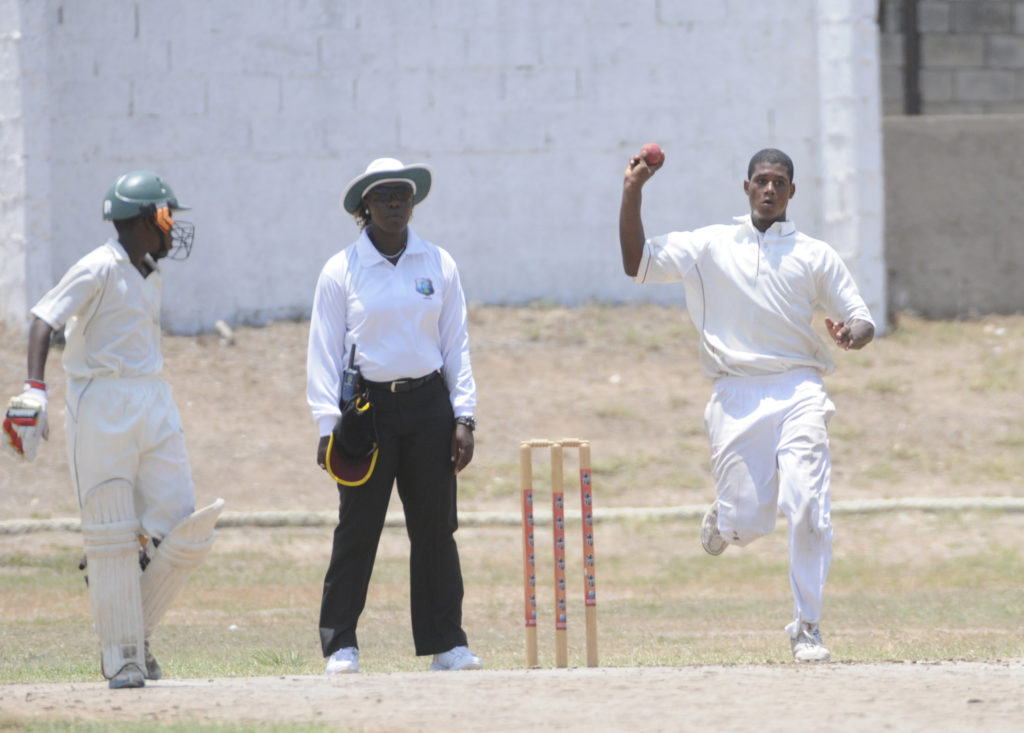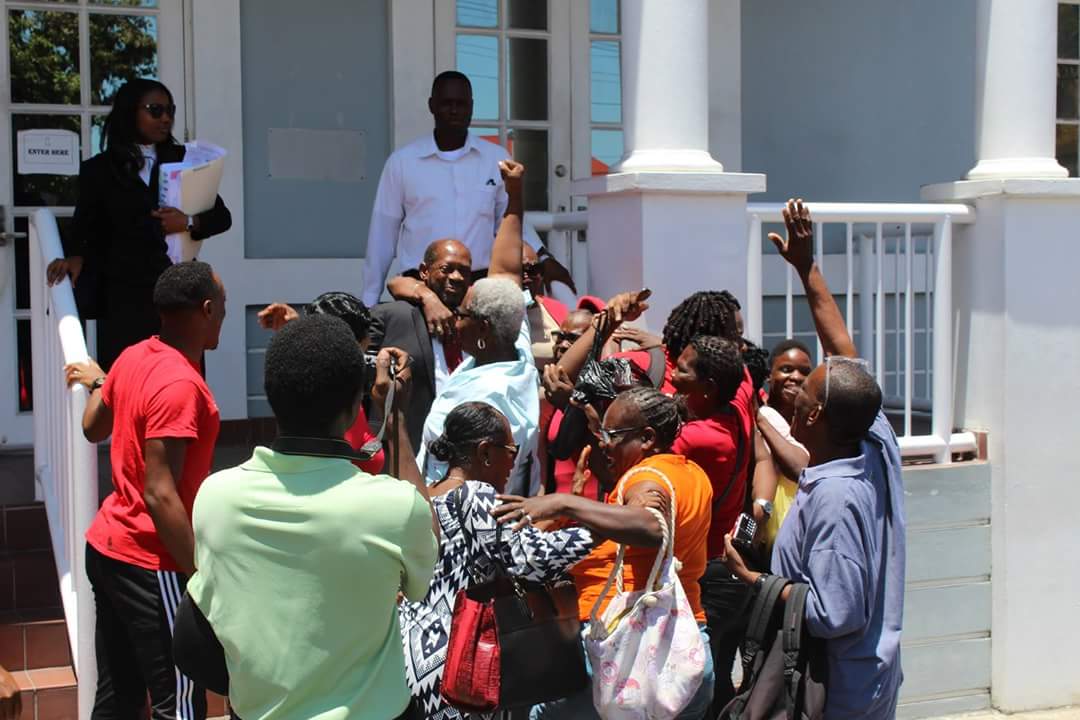By: Dr. Kerdis Clarke, Clinical Psychologist & Dr. Kay E. Nisbett, Neuroscientist
Every 10 minutes, a woman is killed at the hands of someone she knows. Beyond these tragic losses are countless others who live with a different kind of death. Even when the bruises fade, the mind still manages to remember.
The Mind as a Battleground
According to United Nations Population Fund (UNPF), gender-based violence (GBV) is an intentional act or failure to act – whether threatened or actual – against a person on the basis of their gender, that results or is likely to result in physical, sexual or psychological harm. Put simply, it is a violation of the body and an assault on one’s psyche. Survivors often live in a state of hypervigilance, where a sound, scent or sudden movement can reawaken fear.
Neuroscience Insight #1: Vigilance, a state of heightened attention and readiness to detect and respond to danger, in this case, violence, is mediated by adrenaline. Adrenaline is a hormone and brain chemical that shuts down non-essential functions and increases our energy levels, allowing the brain to focus and navigate the immediate danger.
Hypervigilance is an extreme state of vigilance – an extension of the body’s normal stress response mechanism. Here, the brain and body are in a long-lasting state of alertness and are constantly prepared to detect and respond to danger. This long-term state is mediated by cortisol. Like adrenaline, cortisol suppresses non-essential functions, i.e. those functions that are not directly related to survival. This de-prioritization of sleep, appetite and social functions, for example, is mediated by adrenaline and cortisol and may partially explain some stress responses like insomnia, loss of appetite, or social isolation.
The nervous system becomes trapped in survival mode, which oftentimes result in post-traumatic stress, depression or anxiety disorders. Others experience emotional numbness; unable to feel joy or connection.
Insight #2: Disorders like post-traumatic stress, depression, and anxiety result from disruptions in brain resions (like the amyedala and hypothalamus) and brain chemicals (like cortisol, dopamine and oxytocin) that are important for normal functioning.
Insight #3: Emotional numbness may be a protective mechanism where the activity of certain brain regions is suppressed, or the production and function of key brain chemicals are reduced, to prevent the brain from becoming overworked.
Broken Trust From Within
GBV often distorts the meaning of love, trust, and belonging; some of the very foundations of mental health. When harm comes from a partner, family member or trusted figure, it fractures a survivor’s sense of security, The person who once symbolized safety now becomes the source of fear. This betrayal can lead to deep confusion, guilt, and shame. Survivors may internalize blame, asking, “Why did this happen to me?” or “Did I cause it?”
Insight #4: Love, trust and belonging are mediated by a diferent hormone and brain chemical called oxytocin. In positive social context, like a safe home and a loving relationship, oxytocin helps to reduce the stress response, keeping us calm and comforted. However, oxytocin may also be responsible for keeping us attuned to the social environment that we are in. In negative or threatening social contexts, like a dangerous home environment or an abusive relationship, oxytocin may increase our attention and sensitivity to dangerous social cues, keeping us aware of potential threats or triggers.
Silence as a Second Wound
In many communities, silence protects the perpetrator more than the victim. Amongst other factors, stigma, fear and cultural norms often prevent survivors from seeking help. The unspoken message of *keep quiet compounds the trauma. Then, silence becomes a second wound which isolates and erodes self-worth
Restoring Wholeness Through Law and Care
Healing from violence requires emotional support. More importantly, however, it demands justice. Legal frameworks such as the Domestic Violence (Amendment) Act 2022, the Sexual Offences Act, and regional commitments under Convention of the Elimination of All Forms of Discrimination Against Women (CEDAW) exist to protect the vulnerable and hold perpetrators accountable. Notwithstanding, our laws alone are certainly not enough! Their strength lies in consistent enforcement and the compassion with which they are applied.
True justice must integrate both legal redress and psychological restoration. Survivors must have access to safety, counselling, and fair treatment at every stage – from police response to courtroom testimony. Trauma-informed systems can prevent re-victimization and restore dignity
From Survival to Freedom
Insights #5: The good news is that our brains are flexible, even as we age. We are capable of learning new behaviors and anticipating new outcomes from our environment. With time away from threats and triggers, consistent practice, supportive reminders, and improved habits, our brain can rewire new neural pathways that allow us to adapt and cultivate healthier, more positive ways of thinking, feeling and being.
As we mark the International Day for the Elimination of Violence Against Women, let us remember that ending violence is not just about protection. It is about restoration. Every survivor deserves more than survival. They deserve peace, power, and the freedom to live unafraid. Are we ready?
Lifelines is an online column dedicated to addressing issues of mental, behavioural, and social health. Published monthly, it is coordinated by the National Counselling Centre – with articles written by professionals in the field of social work, mental health, and community medicine.









